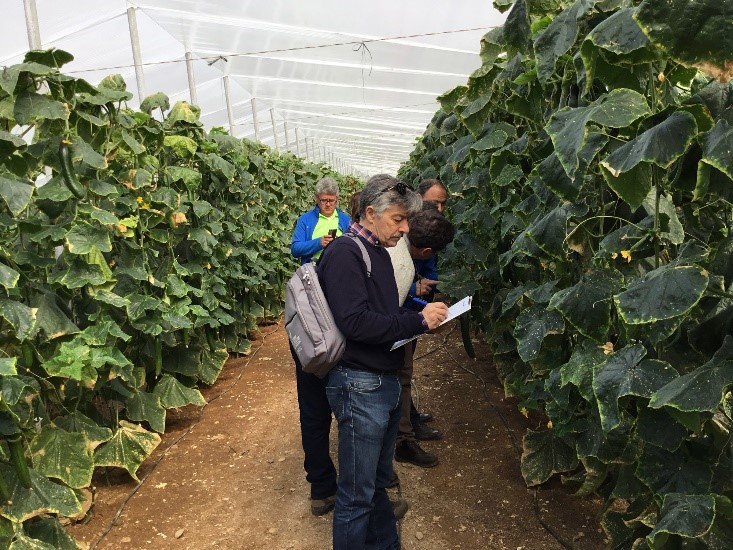Precision Application Asia Conference Sets Advisory Board to Help Analyze Disruptive Technologies
Earlier this year scientists revealed the first-ever image captured of a black hole, writes David Frabotta at PrecisionAg. Thought to be impossible, the feat required the collaboration of more than 350 astronomers over several years, and their efforts recently earned them the Breakthrough Prize in Fundamental Physics and $3 million that comes with it.
How was it done? The scientists on the project have responded that there was no single monumental breakthrough. Instead, a series of incremental innovations and advances in imaging technology, computing power, data storage, and networking created a breakthrough that couldn’t have occurred just a few years ago.
A Stanford physicist told Popular Science magazine that the accomplishment was “a tribute to the hard work by the team and 50 years of ingenuity by radio astronomers before them honing the craft of interferometry.”
The same convergence of technologies driving advances in astrophysics is on the cusp of revolutionizing other industries, too, including agriculture. GPS, imaging, machine learning, data storage, and connectivity are shortening the lifecycle of innovation and making adoption more feasible for distributor/service companies and growers at every scale and crop.
For more than 30 years, adoption of high-tech agriculture and advanced digital farming has been lamentably relegated to about 20% of farmers in advanced agriculture economies like the U.S. Fortunately, about 89% of retailers/service providers offer some sort of precision agriculture service, according to PrecisionAg Global’s annual survey on the state of U.S. adoption.
While adoption in emerging economies might lag the U.S., there is no doubt that the proliferation of technologies and adoption is accelerating as a result of its access and affordability. Many developing markets will leapfrog into next-generation technologies, in some cases more quickly than developed economies that are burdened by expensive infrastructure or debt incurred from the latest iteration of software or machinery.





